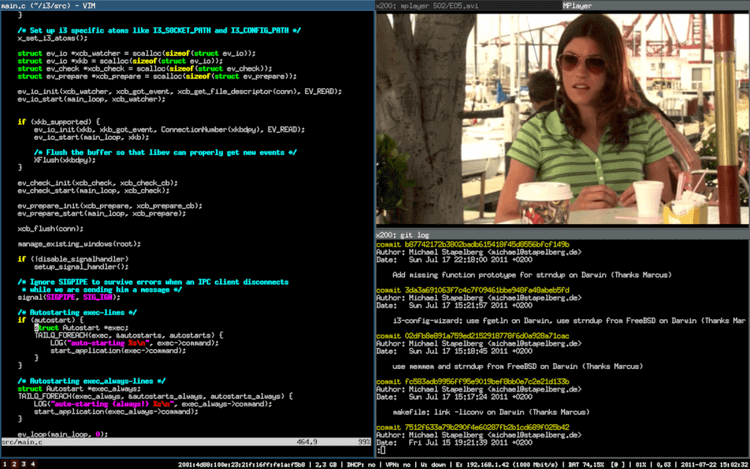

Tiling isn’t for me – I’ll manage and resize my window manually, like an animal, thank you very much – but there’s no denying there seems to be a huge demand for tiling features. There’s been a surge of interest in tiling window managers lately, with tons of articles and howtos about things like i3 and Awesome, and System76, too, made tiling a prime feature in Pop!_OS. Worm is written in Nim and is based on X11, a Wayland version isn’t in the pipeline in the near future, according to him. This release is also shipping with a brand-new Window Manager developed by our community editions team member Codic12 and we are more than proud to present you this WM that was developed a little bit under our wing.Ĭodic12 decided to develop this WM to satisfy his need for a lightweight window manager that worked well with both floating and tiling modes and had window decorations with minimise, maximise and close buttons in any layout desired and that could run on a semi-embedded system like the PIZero. However, at the very end of the release notes for its latest release, there’s this: On Fedora/CentOS and other RHEL-based systems: sudo dnf install xmonad 2.EndeavourOS is an Arch-based Linux distribution, and in and of itself not something I’d write about here. In tiled layout windows are managed in a master and stacking area. All of the layouts can be applied dynamically, optimising the environment for the application in use and the task performed. To install xmonad on Debian/Ubuntu, run: sudo apt install xmonad It manages windows in tiled, monocle and floating layouts. As for its feature set, the program offers an extensive extensions library, Xinerama support (for multi-display setups), and on-the-fly reconfiguration, among others. One of xmonad's biggest advantages is that it automates window arrangement for you, so you can focus better on getting your work done. However, for those with a good understanding of the language, the scope of customizability and usability reaches far beyond what you can get out of most window managers. Since it's written in Haskell, it can be quite challenging to understand and configure xmonad's configuration file right away, especially if you have no prior experience with Haskell. It's written in Haskell and comes with a configuration file that helps you personalize its behavior to your preference. Following are the top five reasons I use the i3 window manager and recommend it for a better Linux desktop experience.

Other popular tiling window managers include wmii and xmonad. Xmonad is a free and open-source dynamic tiling window manager for Linux. A tiling window manager automatically arranges the windows to occupy the whole screen in a non-overlapping way.


 0 kommentar(er)
0 kommentar(er)
